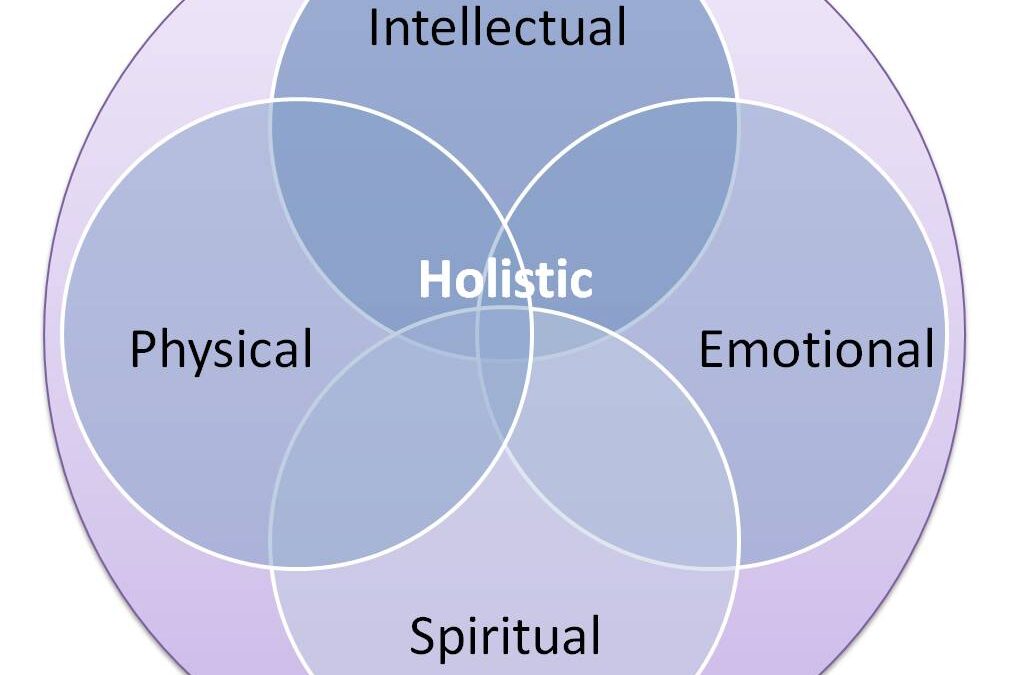The value of being treated as a whole person and not just a body part.
If you have pain in one part of your body, let’s say, your knee. The longer you have this symptom, the more you incorporate this “pain” as part of your overall body image. You identify with it. That is why it is so important that when you see a Physical Therapist you receive a clinical evaluation from head to toe. Be open to other regions of your body causing your pain . A dysfunction in the foot or hip, is not an unusual cause of knee pain.
Integrating not just the physical, the knee, but the emotional, how we deal with our knee pain, and the intellectual, understanding why we have it and finally the spiritual, knowing and believing that we will heal and get better, is the epitome of a true holistic approach to musculo-skeletal health and well being.
A patient of mine had a knee replacement about 5 years ago, and did not really get full pain relief from the surgery. In the years following the surgery, she tried numerous injections, pain medicine etc without much relief.
Walking was a chore for her. When I saw her for the initial consult, the first thing that jumped out at me was the appearance of her feet and the subsequent effect they were having on both of her knees. She was also depressed at the fact that she was unable to walk long distances, which in the past brought her much joy.
She wanted to understand why she was still having symptoms. When someone believes that their knee is the source of the problem, and in reality, the cause lies elsewhere, this belief must be invalidated before the person can really sustain and carryover long term pain relief. Addressing all these issues was the key to getting her better.
Treatment done to her foot, including taping as well as an explanation of the cause and effect of the foot on the knee all put her back on the road to recovery.
Remember, the heart and the brain are very important pieces of the clinical puzzle. Consider 2 patients, both have knee pain, but one lives alone, has no social or familial support, and stays in most of the day. The other also lives alone but has a strong connection to family and also takes daily walks. Who do you think will get better quicker? Patient number 2 of course. The more social support one has the better they are at coping with their situation.
These are all part of an integrated approach to patient care and don’t you deserve that?
Like what you’ve read? Click the button below to discover more.


